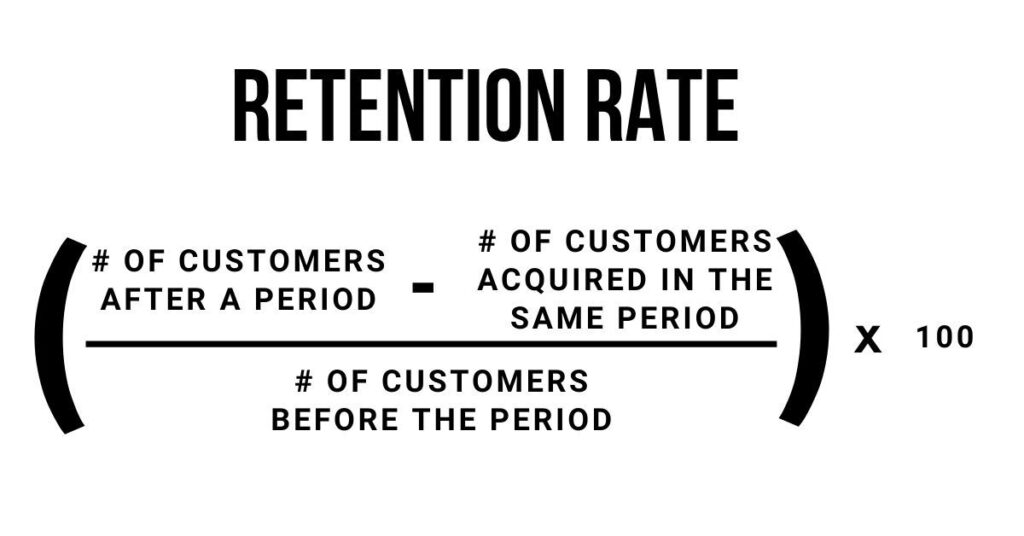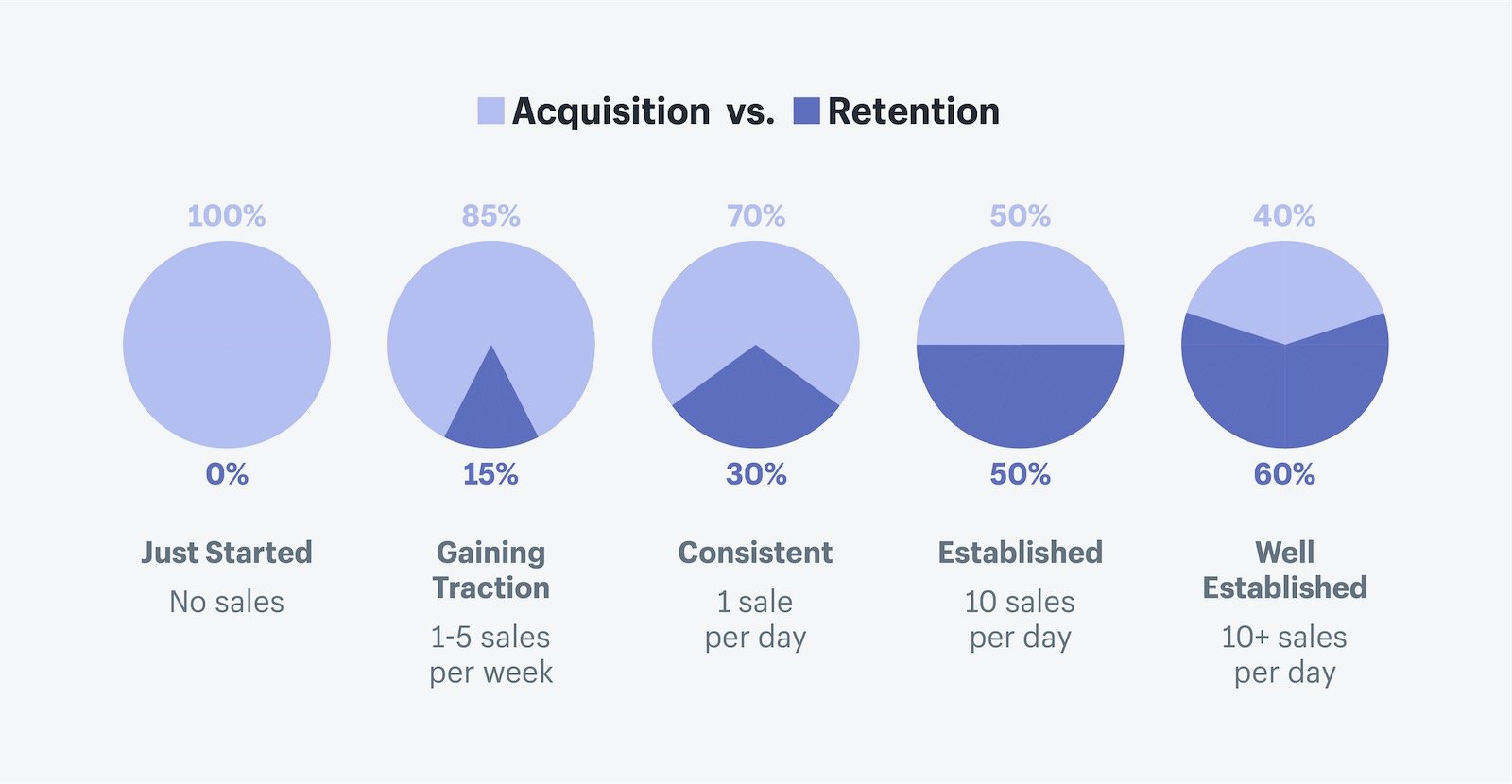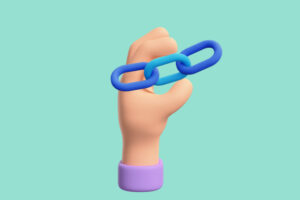Most companies, traditionally, invest more money in gaining new customers, as it is considered to be a quick way to increase turnover. It is also common to confuse turnover with profit which explains the above. What is customer retention and how does it affect a business growth?
One of the most important points for the development and growth of a business is the retention of its customers. The best customers are not the ones who buy once but the ones that build a strong relationship with the brand and keep repeating their purchases from the same business.
Customer retention shows the ability of a company or a product to retain its customers for a certain period of time. In order for this to happen, the company must invest in both a great consumer experience and customer reactivation marketing. Customer retention marketing is the process of trying to engage existing customers so that they continue to buy products and services from your business.
How important is customer retention in ROI?
One of the most effective ways to increase your company’s revenue is by selling to customers that already have a relationship with your company. Did you know that retaining customers can cost up to seven times less than the cost needed to acquire new customers (customer acquisition)? This means that the ROI (Return On Investment) is clearly higher.
In fact, customer retention is a sustainable model. According to studies by Bain & Company, increasing customer retention by 5% can lead to a 25% -95% increase in profits. The chances of turning an existing customer into a retained customer are 60% – 70%, while the chances of a new potential customer to become a real new customer are only 5% to 20%.
How is this translated into sales?
Retained customers have a 50% higher chance of buying a new product from your business while on average they spend up to 31% more money on the business. The financial impact is pretty significant as the customers spend more while the business invests less (compared to what it would invest to gain a new customer).
Customer retention calculation
To determine whether the number of retained customers is good enough, it should be expressed as a percentage in relation to the total number of customers. This percentage shows not only the retention rate but also the losses (attrition rate).
Retention Rate Formula

For example: in the beginning of the year, a business started with 1.000 customers. In the meantime 400 didn’t buy again but another 100 were gained. By the end of the year the calculation of the retention rate would be the following: 700-100 = 600/1000 = 0.6 * 100 = 60. So the retention rate is 60%.
It’s ideal that this number doesn’t change dramatically downwards. If it does, we need to seriously examine why the customer loss rate is increasing. The goal for the retention rate is to be constantly improving and ideally to exceed 80%.
Improving the retention rate and therefore customer retention
When a company knows both its products and the needs of its customers, it can then improve its customer retention easier. This in practice means that:
- By deeply knowing the needs of customers, a company can organise an effective customer experience before and after sale.
- By knowing well its products, it can properly guide its customers before and after the sale.
One of the biggest opportunities for any business is when the customer need supports e.g. because there was a defect or problem. If the feelings that the consumer gains from the customer service experience are positive, such as security, willingness, trust and interest, then the customer is more likely to return for a future purchase. On the contrary, if the customer feels uncertainty, rudeness or indifference – even if the price is competitive – it is more likely that he will not return.
Strategy & mindset
There is no business just with retained customers, without the need to acquire new ones. Also, all businesses have leaks and there will always be customers that change preferences. It is important that you primarily build a significant customer base for your customer and create steady flows that will “keep it alive”. You can then invest in retention marketing. So before we get there it would be good to have invested properly and to have developed acquisition marketing strategies.
An interesting question would be: “When should I begin retention marketing in my business?”
In the chart below we can see how retention marketing could be strategically integrated in a general marketing plan.

Customer retention Vs customer loyalty
Is a retained customer the same as a loyal one? The answer is no!
Retained customers do share some common features with loyal customers. For example, they both make repeated purchases from a business. However they are very different concerning the way, the time, the quantity and their resilience to the market changes.
One of the main differences is that for a loyal consumer the specific business is almost a one-way. For a retained customer, however, the repeated purchase may or may not happen. Also, a dedicated consumer acts almost as a brand ambassador for the company: he speaks and suggests the business while making positive reviews. A retained customer, however, may mention the business but will not act as a brand ambassador.
The differences between the two categories are purely qualitative. If we could capture a retained customer’s feeling, it would be that his relationship with the business is decent and reliable. Τhe loyal customer however, has a feeling of excitement and joy towards the brand.
An important part of a “happy customers chain” is the people who work for the business. They are the ones who communicate its corporate values by reliably implementing the procedures. A study presented in Outbound Engine showed that really happy customers are up to 5 times more likely to buy from a business, while they are up to 7 times more likely to forgive a failure or mistake.






Join the Discussion